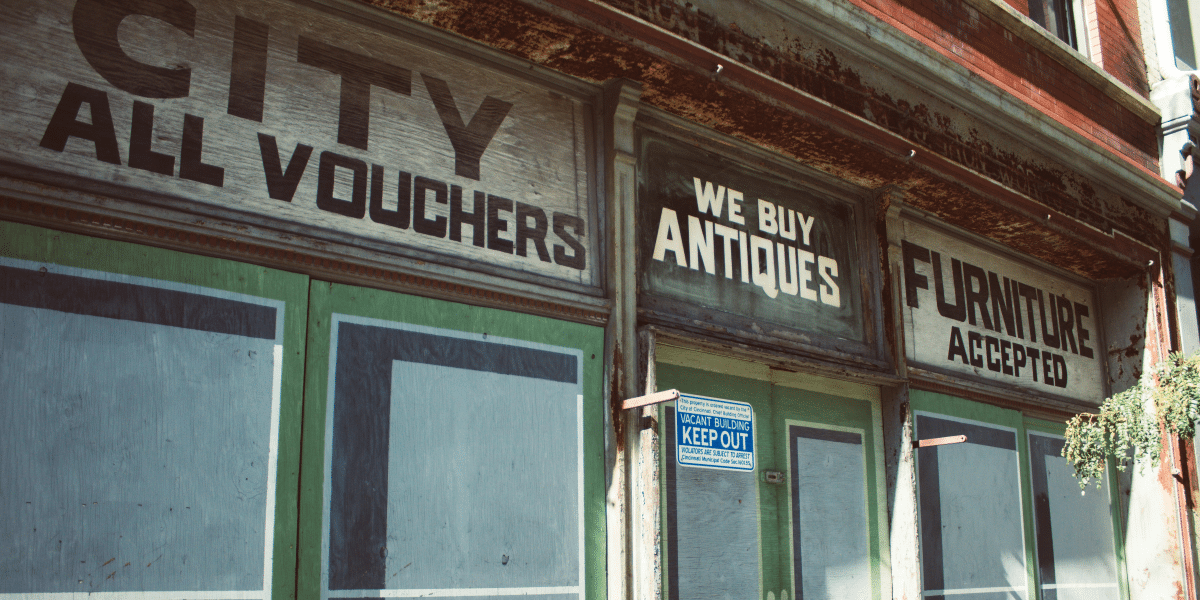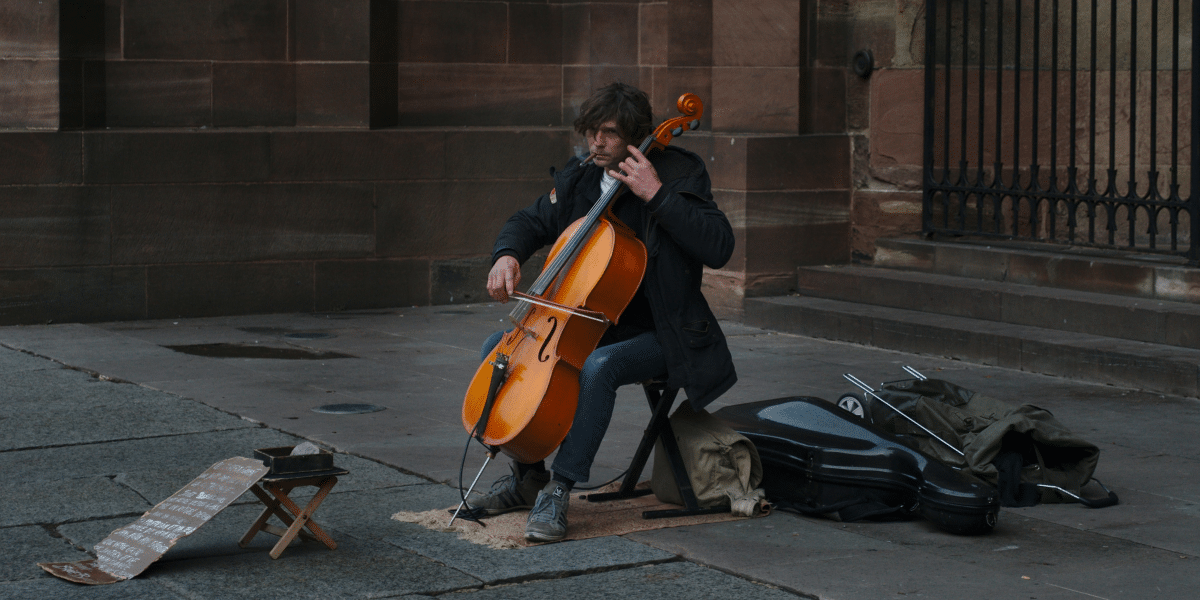San Francisco’s oldest building offers a window into the era of Spanish colonization, its far-reaching impacts, and the ongoing debate over its legacy.
SAN FRANCISCO, California – Amidst bustling San Francisco, the whitewashed adobe walls and serene cemetery of Mission Dolores stand as a stark reminder of the city’s origins. Founded in 1776, it’s the oldest intact structure in San Francisco and a testament to California’s Spanish colonial past. However, its history is as complex and layered as the city it helped spawn.
The Mission System: Goals and Reality
Mission Dolores, officially named Misión San Francisco de Asís, was part of a vast network of 21 missions established by the Spanish along the California coast. Their aims were both religious and strategic:
- Conversion: Franciscan friars sought to convert Native American tribes to Catholicism, believing it essential for their salvation.
- Empire Building: The missions were tools of Spanish colonization, extending their territorial claims and control over resources.
- Agricultural Hubs: Missions introduced European crops, livestock, and farming techniques, profoundly altering the landscape.
Life Within Mission Walls
The Spanish envisioned missions as temporary, transforming Native populations into loyal subjects before transitioning into self-sufficient communities. Reality proved far harsher:
- Coerced Labor: While some conversions were voluntary, many Native Americans were forcibly relocated to missions, subjected to a strictly regimented lifestyle they had not chosen.
- Cultural Suppression: Traditional practices, languages, and spiritual beliefs were actively suppressed in an attempt to enforce European norms.
- Epidemic Devastation: European diseases ravaged Native populations with no existing immunity, leading to staggering death tolls within mission communities.
The Ohlone Experience
The people most impacted by Mission Dolores were the Ohlone, various tribes inhabiting the Bay Area for centuries. Their experience exemplifies the missions’ devastating impact:
- Disrupted Lifeways: The Ohlone’s hunter-gatherer existence was incompatible with mission agriculture, leading to initial food insecurity and dependency.
- Population Decline: Disease, harsh conditions, and social disruption decimated the Ohlone. Their population plummeted within the mission system.
- Enduring Culture: Despite immense hardship, Ohlone descendants keep traditions alive, challenging the narrative of their disappearance.
Secularization and Decline
By the early 19th century, the mission system was faltering. After Mexico gained independence from Spain, the Mexican government secularized the missions in the 1830s:
- Land Redistribution: Mission holdings were intended to be partially returned to Native peoples, but most land ended up in the hands of wealthy Mexican ranchers.
- Mission Decay: Mission Dolores fell into disrepair, used variously as a saloon, storehouse, and entertainment venue before eventually returning to the Catholic Church.
The Mission Revival
The late 19th and early 20th centuries saw renewed interest in the California missions, often romanticized as follows:
- Architectural Beauty: The Mission Revival style idealized their simple forms, leading to replicas throughout the state.
- A Kinder Narrative: Revisionist histories downplayed the violence and coercion, framing the missions as benevolent endeavors.
- Tourism Boost: Missions, including Dolores, became tourist attractions, their fraught history smoothed over for public consumption.
Modern Reckoning
Recent decades have brought a more critical examination of the mission system:
- Native Voices Amplified: Ohlone and other California tribal members condemn the missions as sites of trauma, not quaint relics of the past.
- Challenging the Curriculum: There’s an ongoing push to reform how the missions are taught in California schools, emphasizing the devastating effects of colonization.
- Rethinking Commemoration: Debates continue over statues of figures like Junípero Serra, the Franciscan friar who founded the mission system.
Visiting Mission Dolores Today
Mission Dolores remains a functioning Catholic parish alongside its status as a museum and historical site. Visitors should strive for a nuanced understanding:
- Architectural Witness: The adobe chapel, though restored, offers a tangible link to the past and allows for visualizing mission life.
- Cemetery Contemplation: The cemetery holds the remains of thousands of Ohlone, alongside early Spanish settlers, serving as a somber reminder of the human cost.
- Seeking Diverse Perspectives: Read accounts by Native scholars and activists to complement the official mission narrative.
Mission Dolores forces us to grapple with the darker side of California’s founding. It underscores that history isn’t simply what happened, but the ongoing argument over how we remember and assign meaning to a past that continues to shape the present.












